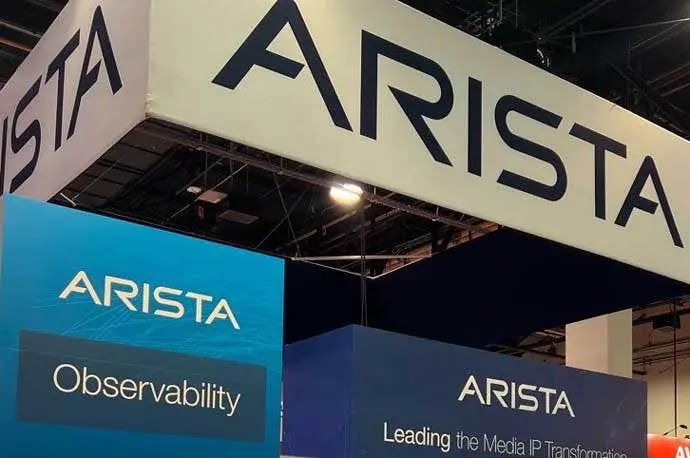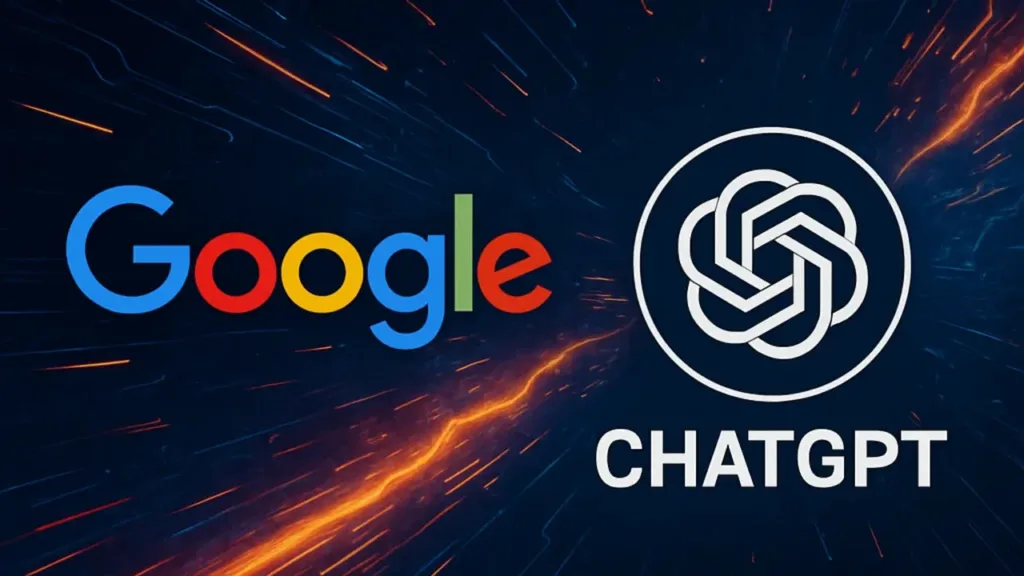Google has quietly rolled out something unusual — an AI tool with the quirky codename Nano Banana. Officially called Gemini 2.5 Flash Image, this latest innovation aims to make AI-generated images more natural, consistent, and creative. From simple photo edits to advanced multi-image blending, Nano Banana could reshape how users and developers approach image editing. Nano Banana is already creating buzz among tech enthusiasts, creators, and developers worldwide.
The idea is simple: make AI image generation more natural, consistent, and accessible. Instead of distorted faces or random changes after multiple edits, Nano Banana keeps things stable while still offering creativity.

🔑 Key Points
- Google has launched Nano Banana, the codename for its latest AI image editing model.
- Officially called Gemini 2.5 Flash Image, the tool is designed to make image generation more consistent and natural.
- Available inside the Gemini app, AI Studio, Gemini API, and Vertex AI, it’s accessible to both casual users and developers.
- Features include natural language editing, multi-image blending, style transfer, and step-by-step editing.
- While powerful, the tool also raises concerns around deepfakes and misinformation.
What Exactly Is Nano Banana?
Nano Banana is not a separate app—it’s Google’s internal codename for Gemini’s new image editing model. Officially called Gemini 2.5 Flash Image, it is available directly inside the Gemini app, and also through Google AI Studio, Gemini API, and Vertex AI for developers and businesses.
The big promise here is consistency. Traditional AI image tools often change details in unpredictable ways—faces look different after edits, pets suddenly shift colors, or objects lose shape. Nano Banana addresses this problem, ensuring the subject looks the same across edits and versions.
Key Features That Make It Stand Out
Consistent Visual Identity
Whether you’re editing a portrait, a pet photo, or a product mock-up, Nano Banana makes sure the subject stays accurate. If you edit your selfie five times, your face will still look like you—not a slightly different person each time.
Natural Language Editing
You don’t need to be a designer. Just type commands like “remove the background,” “add glasses,” or “make the sky pink” and Nano Banana understands. It lowers the entry barrier for people who want quick edits without learning Photoshop.
Multi-Image Fusion
This feature lets you blend multiple photos into one coherent image. For example, you can combine a picture of yourself with your pet, and place both in a completely new scene—like the beach or a mountain backdrop.
Multi-Turn Editing
Instead of making all changes in one go, you can edit step by step. Imagine changing the wall color in a photo, then adding furniture, then adjusting lighting. The model remembers the context and keeps everything consistent.
Creative Style Mixing
Nano Banana also supports transferring patterns and textures from one image to another. Think of applying butterfly wings as a clothing design or using flower petals as textures for shoes—fun, creative, and visually unique.
Speed Matters
One of the underrated strengths of Nano Banana is speed. In most cases, edits are generated in one to two seconds. For creators and businesses working at scale, this can save hours.
🔎 Read More
Where You Can Use It
Nano Banana is available inside the Gemini app for both free and paid users. Developers and businesses can access it through Google AI Studio, Gemini API, and Vertex AI. According to Google, the API usage costs around $0.039 per image, which makes it affordable for startups and smaller companies to experiment with.
Real-World Use Cases
The potential applications are massive. Content creators on YouTube and Instagram can use it for fast thumbnails and banners. E-commerce sellers can edit product images, remove backgrounds, or create mock-ups instantly. Teachers and students can generate visual learning materials in seconds. Marketing agencies can produce multiple ad creatives without expensive design tools. And of course, everyday users can simply enhance family photos, festival memories, or even memes.
The Concerns and Limitations
No technology comes without risks. Nano Banana, despite its fun name, raises serious questions. The biggest concern is deepfakes. With its ability to maintain realistic faces and consistency across edits, it could be misused to spread misinformation or fake content.
Google has tried to address this by adding both visible watermarks and invisible “SynthID” watermarks to all generated images. However, detection systems are still evolving, and experts worry that misuse is inevitable.
Apart from ethical issues, Nano Banana also has a few practical limitations. Surprisingly, it doesn’t yet support simple cropping. Users have also noticed occasional distortions or artifacts after too many edits. So while it’s powerful, it’s not flawless.
Final Thoughts
Google’s Nano Banana may sound like a joke, but it’s one of the most advanced AI editing tools ever launched. For creators, businesses, and students, it opens new doors to faster and more creative work. But it also brings new responsibilities—because in the wrong hands, this technology could be used to mislead.
As with most AI tools, the impact of Nano Banana will depend on how we use it. If handled responsibly, this quirky-named model could shape the future of digital creativity—not just in Silicon Valley, but in India too.



